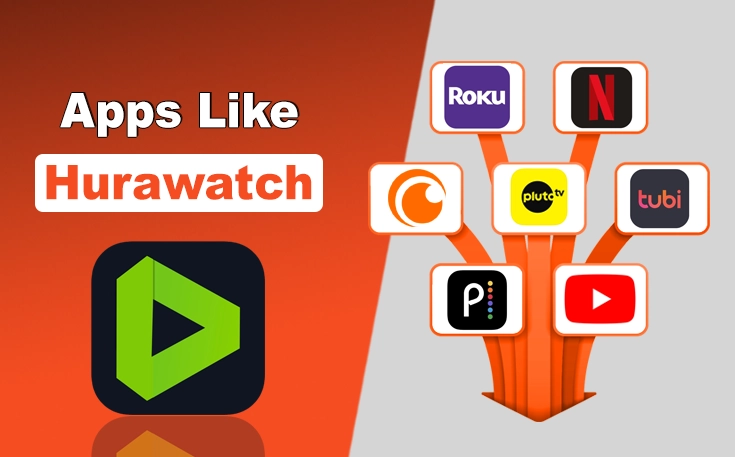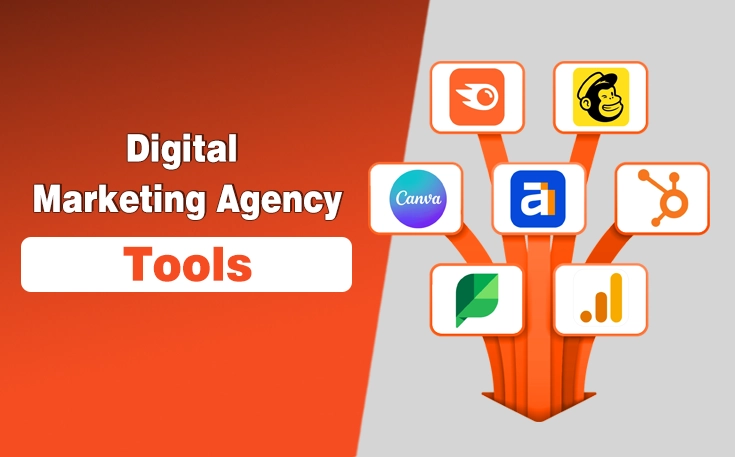In 2025, content marketing is still blooming, and visuals play an important part in it. They help you grab attention and convey messages effectively. One of the most efficient and cost-effective ways to incorporate high-quality visuals is by using stock pictures, which you can find on platforms like Unsplash, Shutterstock, and Depositphotos.com.
In this blog post, I have detailed what are stock images, how you can create them, and why they should be a key part of your content strategy. Read on!
What are Stock Photos – Meaning
“Stock Photos are pre-made photos, illustrations, or graphics uploaded to stock platforms and available for public or commercial use, usually through a licensing agreement.”
The global visual content market will reach to reach $19.17 billion in 2033, as per speculations. This impressive number clearly indicates how efficient visuals are in content strategies. This is also one of many reasons to use creative stock photos in your content marketing.
How Stock Photos are Made?
Usually, professional photographers, designers, and illustrators create stock photos, and they are of high quality. The reason is that each uploaded visual has to pass the quality standards of a chosen platform before it is available online.
Now, when it comes to learn how stock photos are created, the answer is quite simple. The process includes researching market trends, shooting photos or designing illustrations using professional equipment and software, and editing images for quality enhancement.
Why Should You Use Stock Images for Your Content Marketing?
In the under section, I have mentioned why you should use stock images for your content marketing. Not only they help in enhancing the content look, but they also improve the web design.
- First, they help you save time and money, especially compared to hiring photographers or designers who charge $60 per hour on average.
- Second, stock photos are very diverse, and you can easily find relevant image examples for blogs, social media platforms, ads, and websites that are also visually consistent.
- Third, they help improve engagement and storytelling, capturing attention and reinforcing your message. The licensing is also quite straightforward.
How to Use Stock Photos Legally?
If you often ask, “Can I legally use stock images on my website or in other business content?”, the answer is quite simple – it generally depends on the license.
The first best practice for using images and photos legally is understanding licensing types and restrictions. For instance,
- Royalty-Free (RF) images allow unlimited use after a one-time payment.
- Rights-Managed (RM) images come with specific usage limitations.
- Public Domain (CC0) images are free for any purpose.
- Editorial Use Only images can be used in news and blogs, but not for commercial advertising.
To avoid legal complications, always download visuals from reputable sources and check their licensing terms. Also, another best practice for legal image usage is making sure that you follow restrictions.
For example, do not resell or misrepresent images, obtain model and property releases when using photos of people or private locations, and attribute the author if required.
It’s also important to avoid misleading use, such as falsely implying endorsements, and keep proof of licensing for legal security and smart stock image usage.
What Are Stock Photos Used For?
Now that you know how stock photos work, you might wonder how exactly they can help you meet your content marketing goals. Below, I have detailed everything you should be aware of.
- Such visuals can help you enhance visual appeal, engagement, and brand messaging across various platforms.
- They can be a part of your blog posts to make them eye-catching, as well as social media graphics, email campaigns, and landing pages to attract attention, improve readability, and make content more shareable.
- Stock visuals also help maintain brand consistency, illustrate key points in articles, support storytelling, and evoke emotions that resonate with the target audience.
- They are useful for advertisements, infographics, presentations, video thumbnails, and other types of content that help drive engagement and conversions.
Final Thoughts
Now you understand the stock images’ meaning and benefits, as well as know how to use stock photos to grow your content marketing strategy and help you achieve various goals, from boosting engagement to maintaining brand consistency.
To use them legally and effectively, you need to understand licensing terms, choose reputable sources, and avoid misleading usage. When you follow the tips listed in this guide, you will be able to create visually appealing content that resonates with your audience and drives results.
Need custom app with amazing features?
Get a Quote




